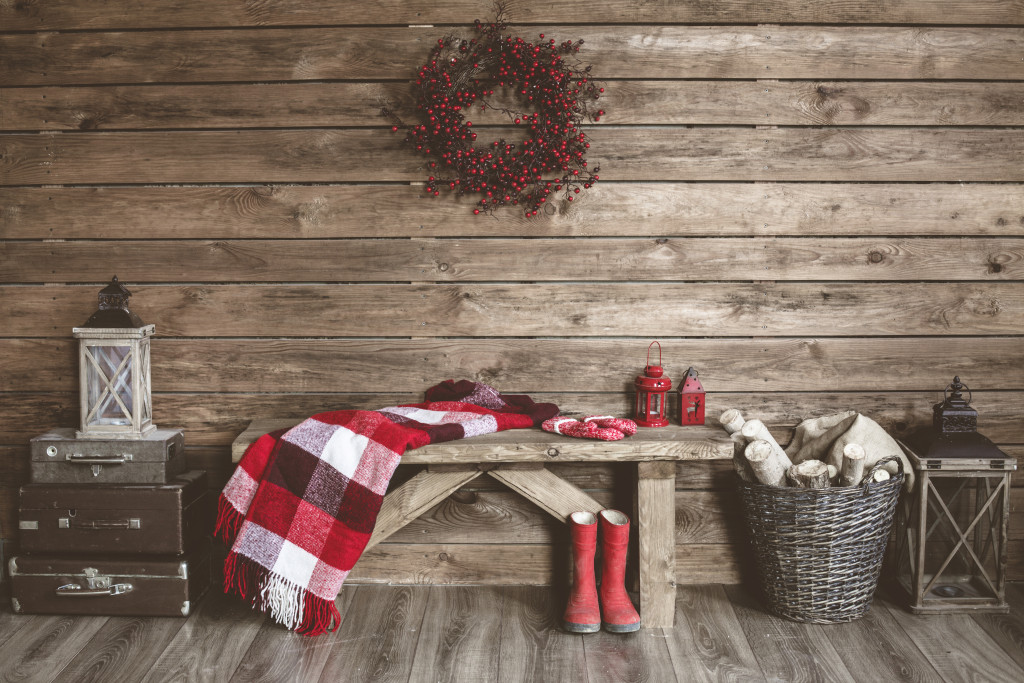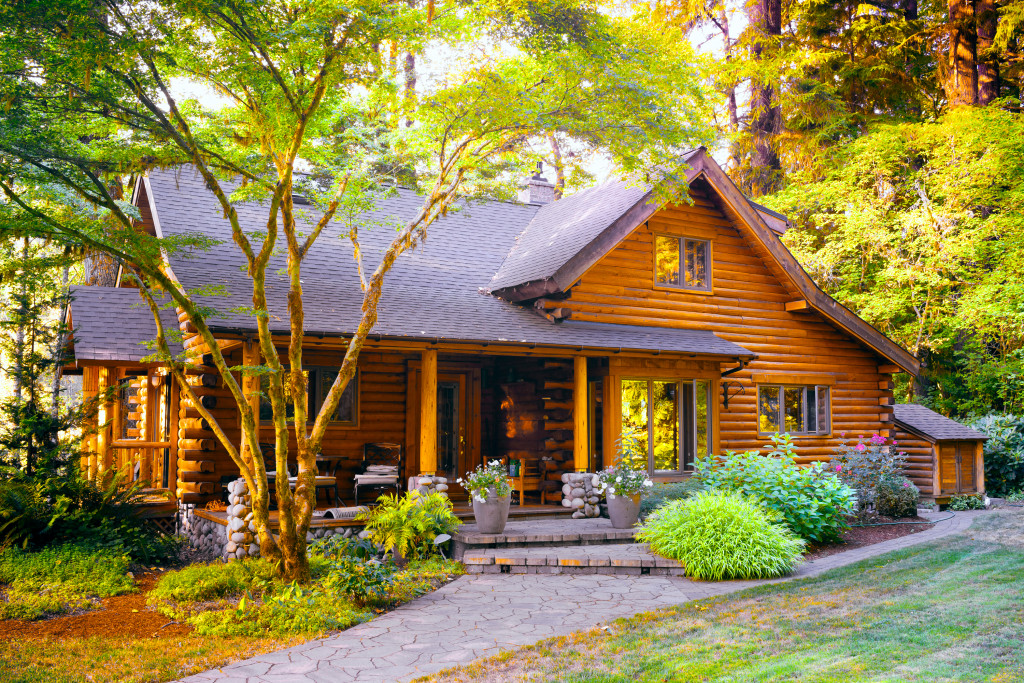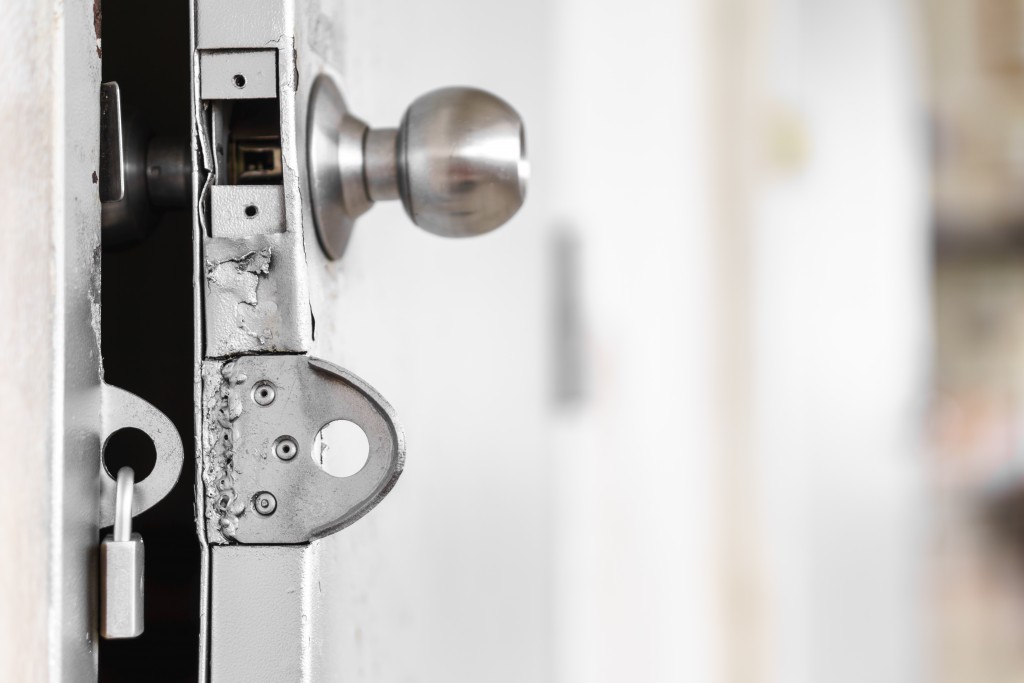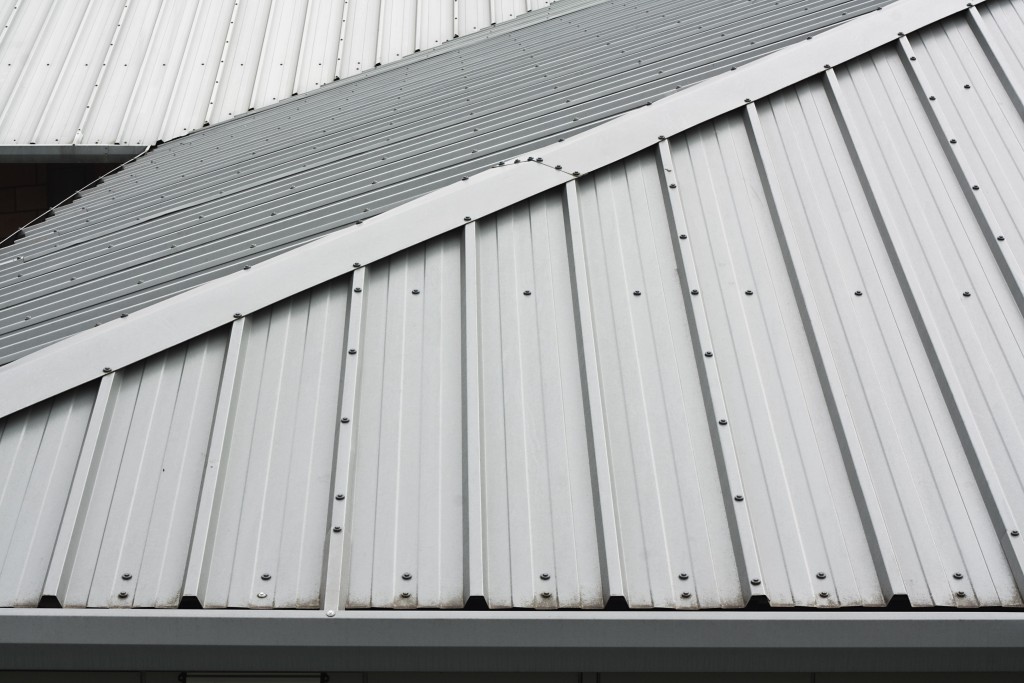In a world dominated by towering skyscrapers, glass buildings, and contemporary homes, perhaps you want something more fundamental, simpler – more rustic. But the word has been thrown a lot that not many have a clear definition of what it means.
How do you design a rustic cottage?
What Is Rustic?
Rusticity is often associated with rural life, simplicity, and naturalness. The characteristics of rustic design range from rugged to refined, depending on the context. It can describe anything from a building style to furniture and accessories.
In general, rustic design is earthy, simple, and unpretentious. It may use unfinished, weathered, or reclaimed materials that are true to their natural state. The look is often a mix of modern and traditional, where the pieces have a simple quality to them with a minimum of accessories.
The Elements of a Rustic Home
What should go into a rustic home? Here are the essential elements:
1. Flooring
Wide-plank, unfinished wood floors are at the heart of a rustic cottage. Made from renewable sources using sustainable manufacturing techniques, they come in a range of finishes, from smooth and shiny to rough and textured.
If you want something more affordable, try Wimbledon engineered flooring. The floors combine plywood, fibreboard, and other wood-based materials.
Manufactured in a controlled environment using state-of-the-art machinery, they have a more consistent look, and it’s easier to install them yourself. Most of all, since you buy them outside of London, where commodities are usually expensive, you save a lot of money.
Lastly, if you want to make your flooring stand out, choose a contrasting color. For example, in the dining room, use light hardwood floors as a base and dark ones as an accent.
2. Walls and Roofs
Rustic homes typically have exposed beams or rough-hewn siding that gives a woodsy feel. Walls often look a bit weathered and faded, but this is not always the case. Unfinished stucco or brick surfaces are also possible options.
For a modern take on the rustic style, consider plywood sheets that easily bend into curved walls around corners or staircases.

When it comes to decors, keep it simple. One or two pieces of art, a few rustic sconces, and maybe a mirror can make a significant impact. Can you use wallpaper? Yes, but only a few pieces have to be light in color or tone.
Meanwhile, a rustic roof is often made of natural materials like slate, cedar, or asphalt shingles. It may also have a green or copper roof that weathers over time to give an antique look.
If you’re looking for an affordable option, consider metal roofing. It comes in various colors and styles, and it’s long-lasting.
3. Windows and Doors
Given that trees and forested areas usually surround a rustic home, it’s not uncommon for you to overlook the outdoors. That means more windows. The best types of windows are those that open inward to get a cross breeze.
In some cases, you can even replace your usual windows with ones that have panes of glass from ceiling to floor. This lets more natural light in, giving a better view of the outdoors.
In a rustic home, windows are usually large to bring in as much natural light as possible. Depending on the style of your house, they may feature framed or oversized wood sashes and simple exterior casings that often have a broken-down or haphazard look about them.
On the other hand, you can use French doors or windows made of wood and steel to achieve this same effect. They still let in light, and they have that old-fashioned feel.
You can also choose ones made of natural materials like wood or metal. If you’re looking for a traditional look, go for paneled doors with wrought-iron hardware. Sliding glass doors are another option, but you can also consider skylights or transom windows for natural lighting.
4. Lighting and Furniture
In a rustic home, lighting is either functional or ornamental, so it doesn’t look too bright. Some of the best options are candlesticks and sconces.
Other remarkable light fixtures include chandeliers, especially those made with antlers and other elements from nature. You can also have pendant lights that hang from the ceiling.
For task lighting, use floor lamps and table lamps with fabric shades. They should be either bronze or brass.
On the other hand, rustic furniture is all about natural materials like wood, metal, and stone. The pieces are often heavy and have a lot of character. In a cottage-style home, the furniture should be comfortable and inviting.
Some of the best types of furniture include rocking chairs, wingback chairs, and benches. You can also use many natural materials in your furniture like wicker, rattan, and bamboo.
If you’re looking for something more traditional, go for pieces made from oak, pine, or hickory. They have a distinctive look and are appropriate for this type of home.
Designing a rustic home doesn’t have to be complicated – the core of the design isn’t. Focusing on simplicity and nature will already get you on the right path.




